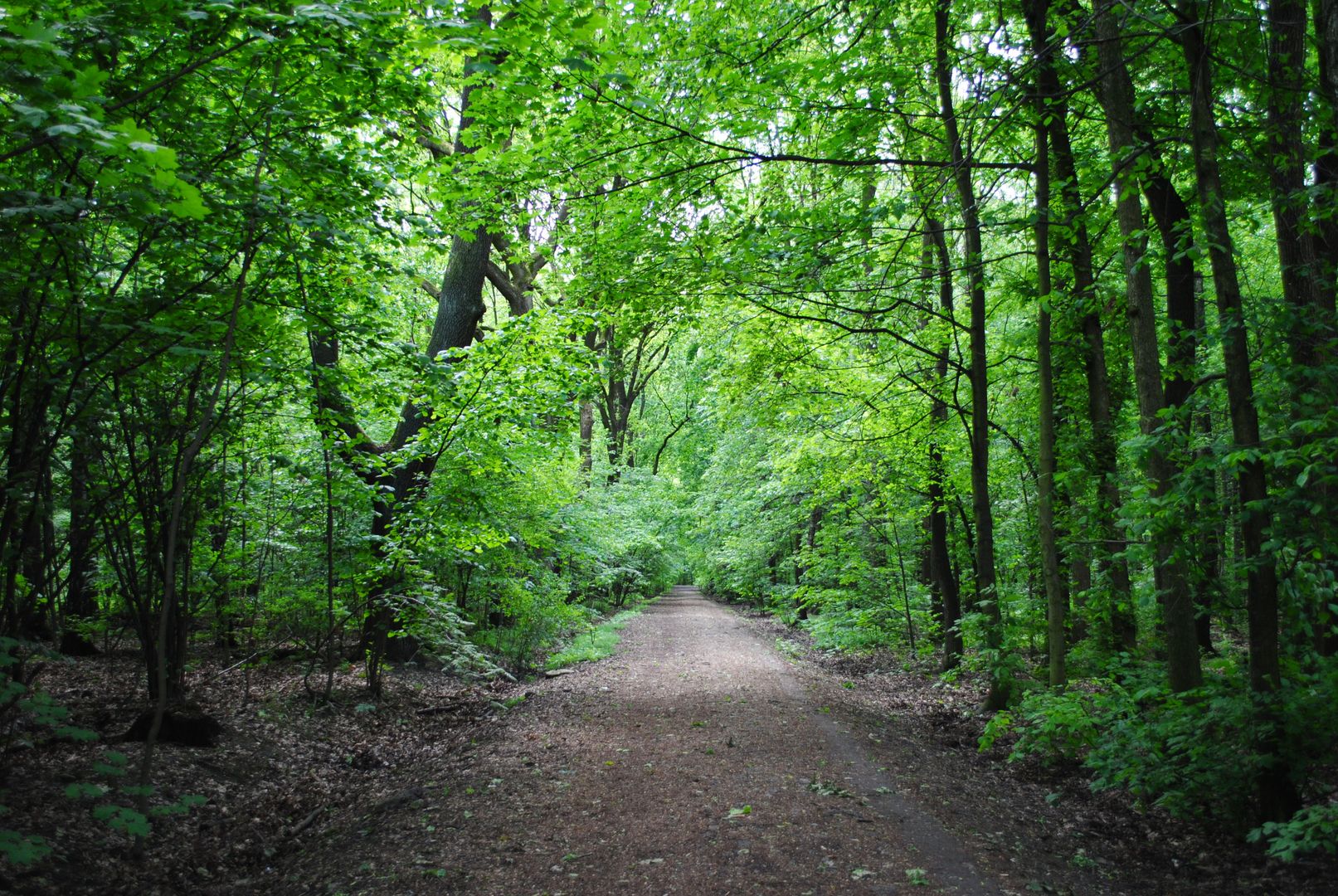Brynow
6.67

Overview
Brynów, a district of Katowice, is an area with a rich history dating back to the 15th century, when it was first mentioned in historical records. The 19th century marked the beginning of intense industrial development, primarily linked to coal mining and the expansion of brickyards. For many years a village, Brynów underwent numerous transformations and became part of Katowice in 1924. Architecturally, Brynów is characterized by compact 18th and 19th-century buildings, as well as modern housing estates constructed between 2000 and 2020. The Tadeusz Kościuszko Park features the historic 16th-century Church of St. Michael the Archangel and a parachute tower, which served as a resistance point during the September 1939 campaign. Brynów showcases a blend of architectural styles, from classicism to modernism.
The cultural life in Brynów flourished especially after World War I, with the establishment of choirs, community centers, and cultural clubs. Today, cultural activities are centered around the Silesian Center for Freedom and Solidarity, which commemorates the tragic events of the martial law period at the "Wujek" coal mine. It is worth noting that Brynów witnessed many significant historical events, including the Third Silesian Uprising and the October miners' strike. Over the years, Brynów has undergone numerous changes, and its residents have made substantial contributions to the development of the region. Brynów is also home to numerous green spaces and sports and recreational facilities, including modern swimming pools and tourist trails. Today, Brynów seamlessly blends tradition with modernity, making it an interesting place to live and visit.
Location
Tickets
Powered by GetYourGuide
2025 Wizytor | All Rights Reserved